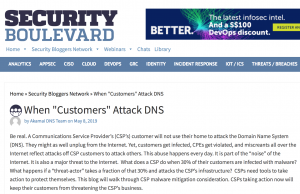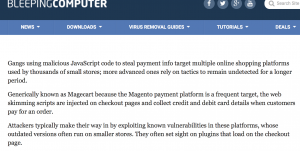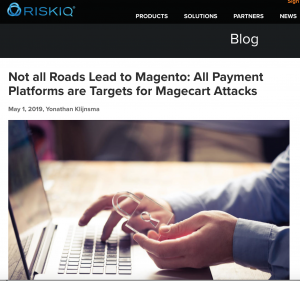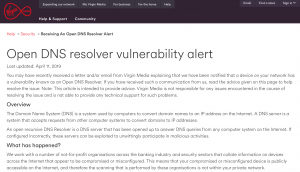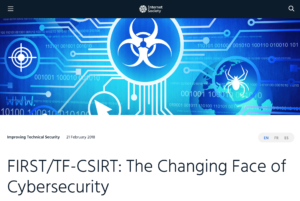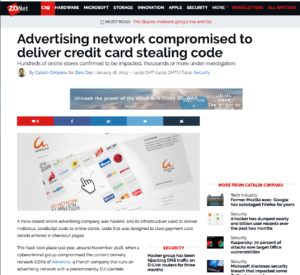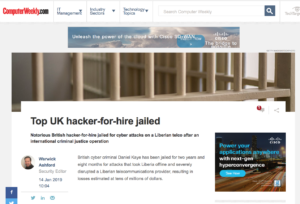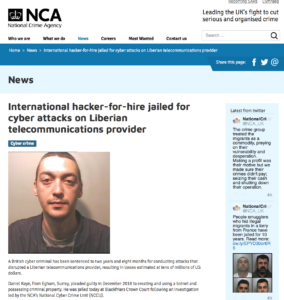When "Customers" Attack DNS
Akamai DNS Team: Be real. A Communications Service Provider’s (CSP’s) customer will not use their home to attack the Domain Name System (DNS). They might as well unplug from the Internet. Yet, customers get infected, CPEs get violated, and miscreants all over the Internet reflect attacks off CSP customers to attack others. This abuse happens every day. It is part of the “noise” of the Internet. It is also a major threat to the Internet. What does a CSP do when 30% of their customers are infected with malware? The good news for CSPs is that organizations like CyberGreen and Shadowserver Foundation provide infection data and metrics as a public service.


